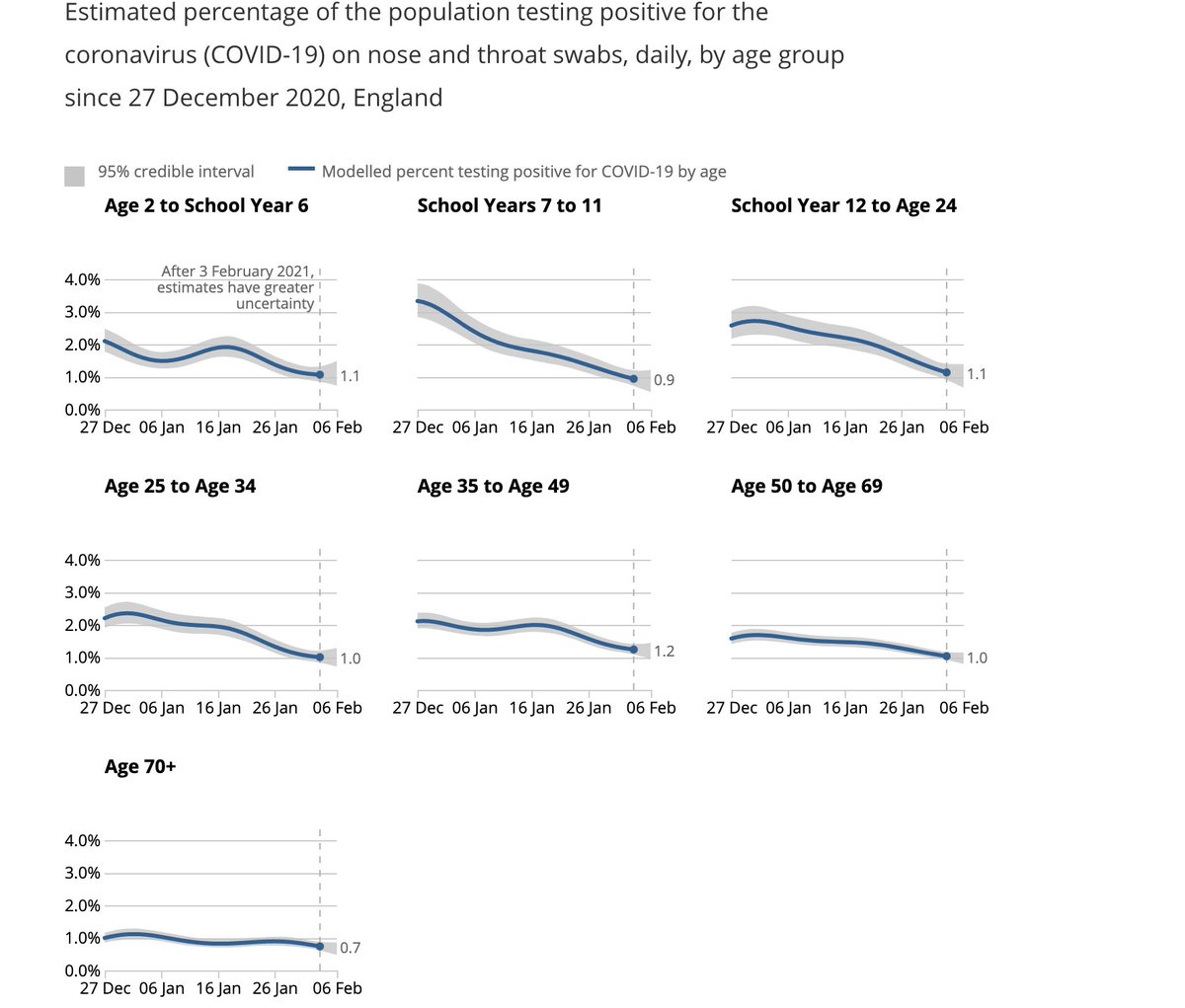#Bookmark this
|| Geography and Astronomy ||
of “EARTH” according to Indian ancient scriptures
I repeat “Untold Unsung now Unearthed”
RT and spread the knowledge.
Slightly long thread but you’d be amaze. Go through entire thread carefully.
It is hoped that you have not forgotten that Svayambhuva Manu had a son named Priyavrata. Priyavrata had ten sons. Their names were Agnidhra, Agnivahu, Vapushmana, Dyutimana, Medha, Medhatithi, Bhavya, Savana, Putra and Jyotishmana.
Medha, Agnivahu and Putra had no desire to rule. They were not interested in material pursuits and became hermits.
Priyavrata divided the earth amongst the remaining seven sons. Thus it was that the earth came to be divided into seven regions or dvipas.
Agnidhra ruled over Jambudvip, Medhatithi over Plakshadvip, Vapushman over Shalmalidvip, Jyotishman over Kushadvip, Dyutimana over Krounchadvip, Bhavya over Shakadvip & Savan over Pushkaradvip
Agnidhra, the ruler of Jambudvipa, had nine sons. Their names were Nabhi Kimpurusha, Hari, Ilavrita, Ramya, Hiranyavana, Kuru, Bhadrashva and Ketumala.
Agnidhra divided Jambudvipa into nine regions (varshas) and gave each of his sons a region to rule over.


